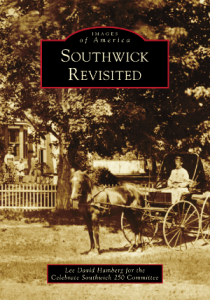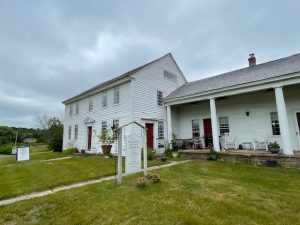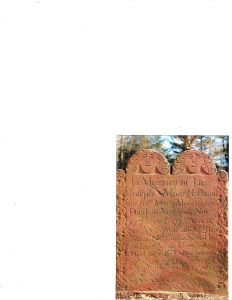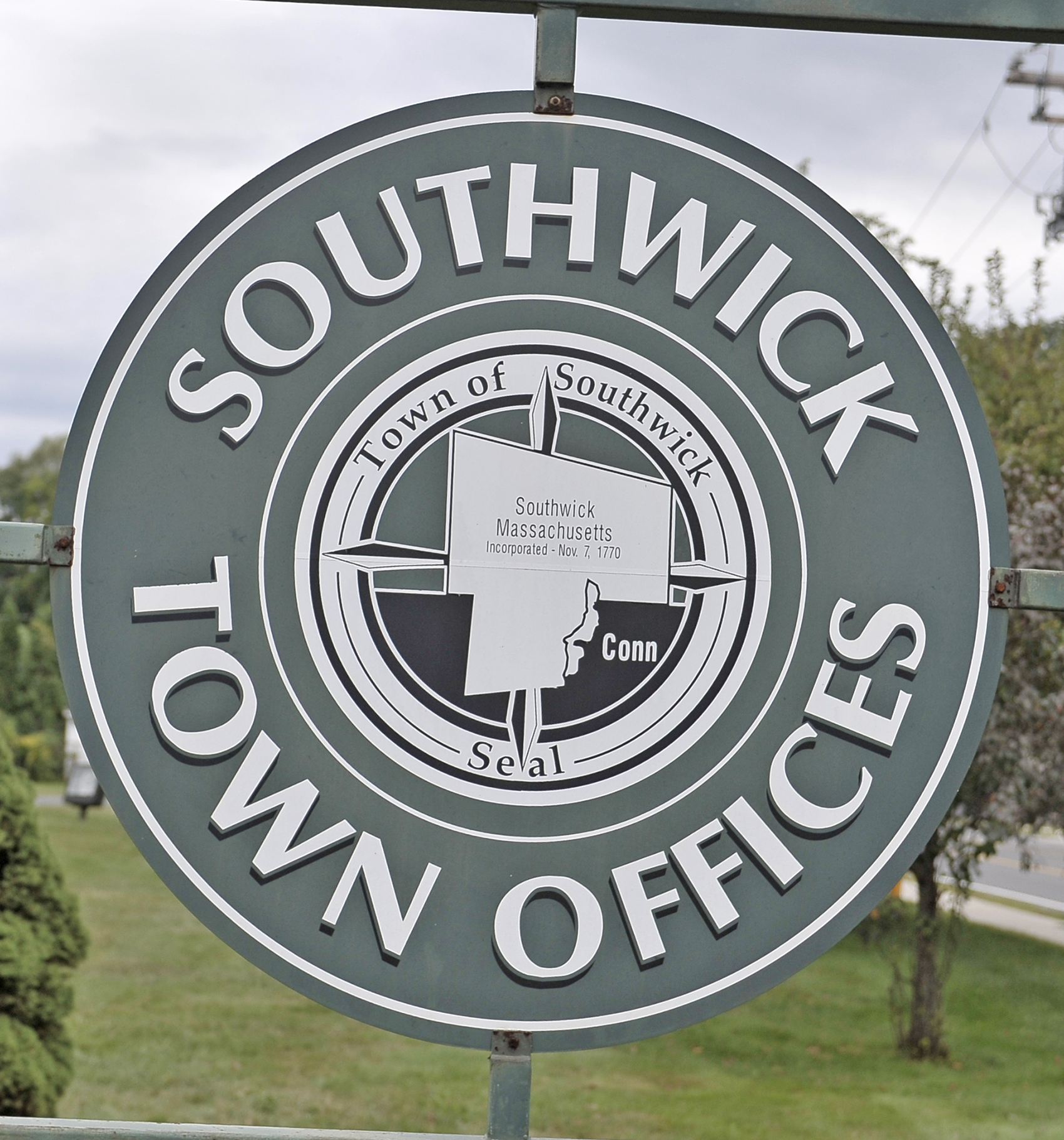SOUTHWICK-Local historian and lifelong resident Lee David Hamberg will be sharing the life and times of Joseph Moore as part of a special program Aug. 8 at the Southwick History Museum.
Hamberg, author of the new book “Southwick Revisited,” has planned the informative 30-minute lecture titled “The Joseph Moore Story” beginning at 2:30 p.m. Following a question-and-answer session, he will be available to sign copies of his book.

Lee David Hamberg, author of “Southwick Revisited,” will present a lecture Aug. 8 on Joseph Moore, the first owner of the Moore House in Southwick and a veteran of the American Revolution. (SUBMITTED PHOTO)
“I have been studying town and local history for my entire life and can recall stories my parents and grandparents shared with me when I was a little whipper snapper,” said Hamberg.
As a senior at Southwick High School, Hamberg said he joined the Southwick Historical Society and read “cover to cover” Maude (Gillett) Davis’s 1951 “Historical Facts and Stories About Southwick.”
“I provided Social Studies teacher and department chair Dominic Dieni with information and locations to photograph for an audio/slide program on Southwick history which was put together in 1975 for the U.S. Bicentennial celebration,” said Hamberg.
While attending the University of Massachusetts at Amherst, Hamberg majored in history and continued researching Southwick in the form of independent study.
“I spearheaded the drive to establish a town appointed Historical Commission to preserve historic buildings and sites, and have served various positions in the Southwick Historical Society continuously since 1976,” he said.
Hamberg will describe the “daily stress” that Moore and most people at the time experienced. The Moore family lived in the Moore House from 1751 through the 1840s.

“The Joseph Moore Story” will be featured Aug. 8, sponsored by the Southwick Historical Society at the Southwick History Museum on College Highway. (LORI SZEPELAK PHOTO)
“Land had to be cleared for crops and grazing, a home built, and food grown to sustain the family,” said Hamberg, adding, “Fences had to be built, and repaired when livestock broke through.”
Hamberg also noted that crops and animals had to be cared for, and despite best period practices, pests, diseases and drought stunted or killed nearly anything the farmer tried to raise.
“Taxes had to be paid, men were expected to help on town committees as well as highway repair after spring freshets and washouts,” he said. “Health and health care were always precarious, death was constantly knowing at the door, and then there was militia service.”
As part of Hamberg’s informative lecture, he will detail Moore’s travails when he was called out to service in August of 1776.
“Attending historical presentations gets one out of the house, allows one to visit with other members of the area community, and provides individuals of any age, including families, the opportunity to learn something outside of a formal classroom,” said Hamberg. “History shared at local heritage museums goes beyond the textbook, and can create real connections between now and then, especially when you can see the actual period spaces and items that were a part of these daily lives, and compare them to today.”

This is the memorial stone for Joseph Moore of Southwick, located in the Baptist Cemetery, Granby, Conn. (LEE DAVID HAMBERG PHOTO)
As part of the afternoon festivities, the museum at 86 College Highway will be open from 2-4 p.m. for the public to visit. Members of the Southwick Historical Society will be available to answer questions about the Moore House and the Charles J. Gillett Cigar Factory.
For more details, visit southwickhistoricalsociety.org.







